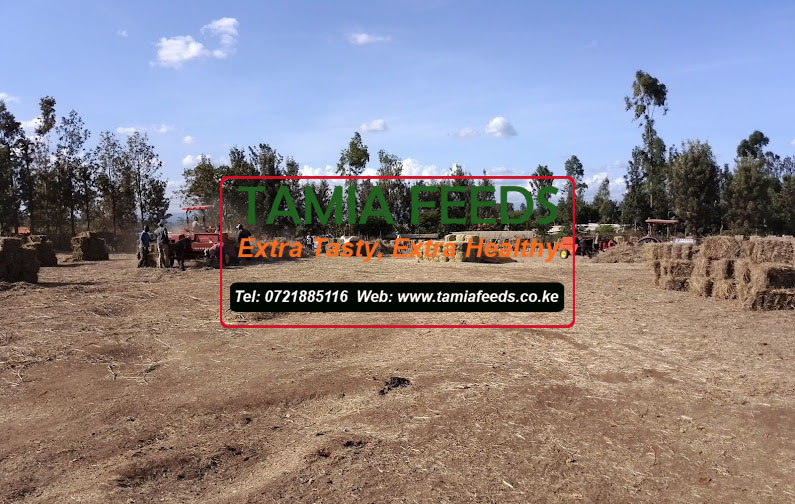What is Hay?
The object in haymaking is to reduce moisture in green fodders to a sufficient degree so that they can be stored without fear of fermentation losses or spoilage due to mold growth. In that process the endeavor should be to preserve the maximum amount of nutrients possible. The Stage of maturity of the crop at the time of cutting is very important as far as nutritive value of the hay is concerned. An early cut means more nutritive value but less yield. Late cuttings on the other hand will result in less nutritive value but more bulk.
Properties of Good Hay
- The fodder cut at the Proper stage will have the maximum nutrients and, therefore, will make better hay. Delay in harvesting fodder for haymaking will make the stems woody and lignified with the resultant deterioration in the nutritive value. Besides, a part of the nutrients would have been used up in seed formation. Thus, crops cut at the proper stage can make good quality hay.
- Good hay will be having a major proportion of the leaves intact. The leaves are richer in nutrients compared to other parts. Shattering of leaves during the process of haymaking will, therefore, reduce the quality of hay.
- Green colour of hay is an indication of its quality. It means that a greater proportion of the leaves have been preserved and losses due to bleaching, leaching, fermentation, etc have been minimized.
- It will be made out of thin-stemmed crops so that it is soft and palatable.
- The crop used for haymaking should be free from weeds and poisonous plants to get good hay.
- Hay should not have more than 20-23 per cent moisture when stored. If there is more moisture, fermentation will take place, generating a great deal of heat. Ultimately it may lead to spontaneous combustion. Even if it does not catch fire, the nutritive value would have seriously affected.
- Good hay will be free from dust and mold
- It will have a pleasant aroma, which adds to its palatability
How to Make Hay
- Selection of suitable plant varieties: and its cultivation on good soil with proper care in the form of watering, fertilization, etc. The seed rate should be high ensure dense stand of the crop, which will result in finer stems, heavier yield and less weeds.
- Cutting the fodder at the proper stage of maturity. For Lucerne in the first cut, it is the early bloom stage and in the second and subsequent it is when one-tenth to one-fourth of the crops are in the bloom. For grasses it is when they begin to head out, for grain crops when grain is in the milk stage and for cowpea when pods are half to fully matured.
- Curing of the hay: In curing hay the objectives are to (i) Preserve maximum nutrients, and (ii) to remove moisture sufficiently to avoid moldiness and spoilage. During curing, shattering losses should be minimized. In leguminous plants, shattering is more and special care may be taken to avoid it. Leaves constitute roughly 50 percent by weight but contain more than 70 per cent of the protein and 90 percent of carotene.
- Bleaching and fermentation losses: Even under ideal conditions there is loss of nutrients during curing. But, when the temperature is too high or when moisture content has not been kept low enough, severe losses due to bleaching and fermentation take place. The green colour of the hay is more or less proportional to the carotene content. Losses in nutrients due to leaching from rain is the major loss when one tries to make hay during monsoon season. The leaching losses are negligible if the rain falls just after cutting of the crop. Losses increase with the advancement of curing, if leaching takes place.
- Moisture content of hay: From freshly cut crop with moisture content of 70 to 80 percent. Hay of different types has to be prepared with the following moisture content – For loose hay– 25–28 %, For baled hay–22-25%, For chopped hay –19-22%. In order to judge whether hay is properly cured, two thumb rule methods are available
a. The scrape method. With the nail try to scrape the epidermis from the stem of the plant. If the epidermis can be peeled from the stem, it is not sufficiently cured.
b. The twist method. A small amount of the hay is twisted in the hands. If the stem breaks a little and no ‘plant juice’ comes out from the twisted stems, assume that the hay has been cured well
. - Storing properly: Enough care may be taken while storing hay to protect it from rain and sunlight. There are four popular methods of haymaking. They are field curing, mow curing, artificial drying and pelleting.


Add Comment